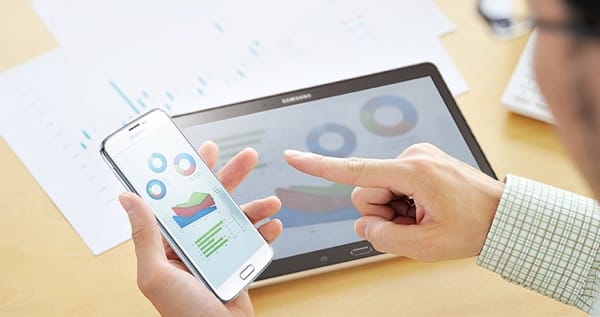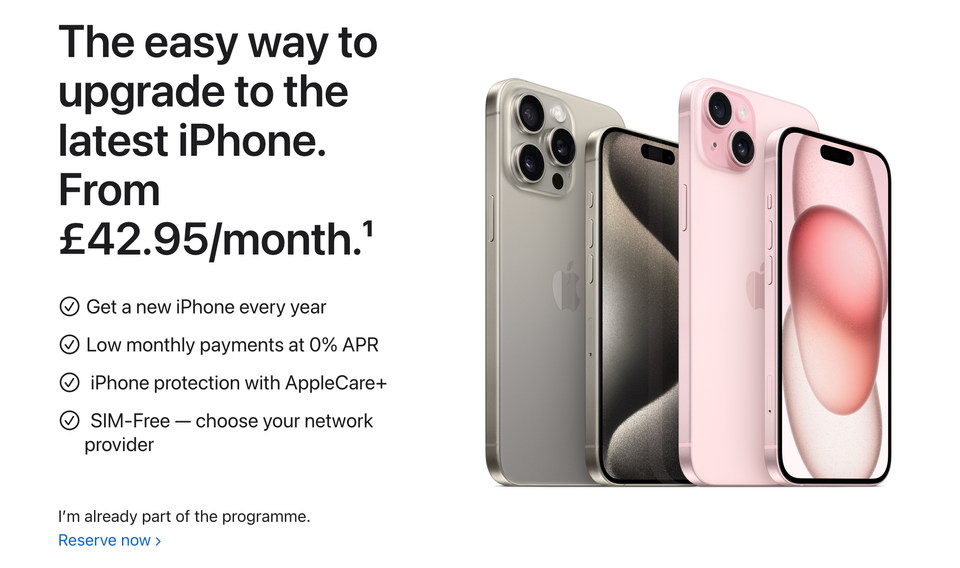Education Goes High-Tech

Anyone over 40 years old probably remembers a time when the most hi-tech devices at school were the scientific calculators used in mathematics class, or perhaps one of the early PCs used by the computer or IT faculty (if your school even had one).
Even at university back in my day (early 1990’s), very few people owned a mobile phone and hardly anyone used a laptop in the lecture hall. Of course there were exceptions, but most of us ended up queueing up outside the BT phone booths on campus to make a call back home.
Today of course, all aspects of education has been transformed by computers, tablets and mobile phones, with thousands of e-learning courses and Internet resources to help students. It’s a far cry from having to visit the campus library to look something up, or use the “World Wide Web” which was considered new-fangled by most people in those days.
I can clearly remember when Netscape Navigator had just been released and Sun’s Java programming language was just catching on. HTML was also in its early days and Yahoo was the search engine of choice. How times have changed…
It’s amazing see consider technological advances have shaped the way we learn, not only kids and university students, but everyday folk just wanting to take an online course or attend university remotely.
You can understand why companies like Google, Apple, and Microsoft take the education market seriously – there’s a huge demand for apps and devices across all educational establishments.
Recently, Exicon Global released a report (“Empowering Education Through Technology”) which contains a wealth of insightful facts and figures regarding how students of all ages (and teachers) are being affected by the mobile revolution.
Here are a couple of infographics from the report, which is a compelling read for anyone interested in mobile app usage.

Unsurprisingly, most time on mobile devices is used in apps, with around 26 percent of that time dedicated to productivity, utility and infotainment apps. That figure is expected to rise to 46 percent in the next couple of years:

Today’s students are no stranger to smartphones and apps, but those who do augment their learning with mobile devices are more likely to track their progress and spend more time learning.

You can find these infographics and much more in the full report, which can be downloaded here.



